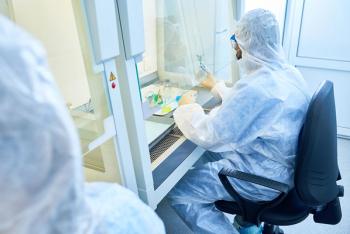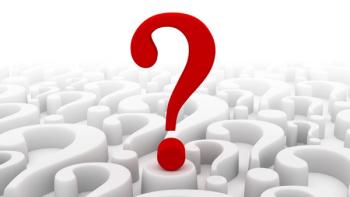
Specialty API Synthesis Technologies Attract Attention
While advances in chemocatalysis for chiral synthesis continue apace, many companies have focused attention on the development of a wider array of enzymes that can be used under commercial manufacturing conditions for the selective conversion of various substrates into more complex intermediates.
The synthesis of small-molecule APIs is often a complex, multi-step process that involves numerous chemical transformations and the manipulation of a range of raw materials with varying physical and chemical properties. Specific types of candidate compounds can provide further challenges. For example, most APIs today are chiral and must be synthesized as a single enantiomer. In addition, over 25% of drugs on the market worldwide today are classified as highly potent, according to a recent report published by Roots Analysis. Antibody-drug conjugates (ADCs), which are a growing class of targeted therapies, have a highly potent small-molecule API linked to an antibody. Special expertise and technologies are required to achieve the synthesis of all of these types of molecules.
While advances in chemocatalysis for chiral synthesis continue apace, many companies have focused attention on the development of a wider array of enzymes that can be used under commercial manufacturing conditions for the selective conversion of various substrates into more complex intermediates. Biocatalysts are attractive for asymmetric synthesis because they often are effective in water under mild conditions, they produce less waste, and they are highly selective. Most importantly, there are a growing number of enzymes that are available in sufficient quantities for commercial-scale manufacturing, and in many cases, enzymes can be customized for a specific application in just a few months at a cost that can be less than that for the chiral ligands needs for a chemical catalyst. There are also efforts being made to develop a guidance document on the use of enzymes according to good manufacturing practices.
Highly potent APIs (HPAPIs) pose a safety challenge; they must be manufactured under conditions that not only protect the operators from exposure, but also prevent cross-contamination via inadvertent carryover. Companies are continually investigating new techniques and technologies to achieve this goal. Most recently, there has been a move away from reliance on personal protective equipment to the use of isolators. Currently, there is interest in the application of single-use systems and the development of improved purification, removal, and cleaning processes. The development of more sensitive analytical methods has also become important for ensuring that the required residue levels are met.
The production of ADCs requires expertise in both small-molecule HPAPI synthesis and biologics manufacturing. The linker connecting the antibody and payload, often a peptide derivative but sometimes a synthetic polymer, is the key to delivering the toxin at the right time and provides a way to match the chemistry of the payload with the biology of the antibody. The types of chemistries used to join the linker to the antibody have evolved over the last several years to improve drug performance. Today, linkers are designed to be selectively cleaved from the antibody by enzymes that are only present inside the targeted cells. In addition, to achieve the highest efficacy and safety, the linker must be selected for a particular payload-antibody combination, and the locations of the amino acid residues and the type of conjugation chemistry must also be carefully considered.
Finally, it is worth noting that advances also continue to be made in fluorination chemistry, which has important consequences with respect to the pharmacokinetics of many drug substances. The incorporation of fluorine atoms into APIs can affect their acidity, basicity, protein binding affinity, and lipophilicity, and thus result in enhanced bioavailability. Solid fluorinating reagents with increased safety and ease of handling are finding widespread use. Custom fluorinated synthons are also now available for the production of new advanced intermediates. Recently, alkylating agents such as trifluoroethyl iodide, which can be used under fairly mild conditions, have been utilized for the introduction of fluorine substituents at later stages of API syntheses.
These examples of advances in API synthesis and manufacturing technologies serve to highlight the constant innovation that takes place in the pharmaceutical industry.
Newsletter
Get the essential updates shaping the future of pharma manufacturing and compliance—subscribe today to Pharmaceutical Technology and never miss a breakthrough.





